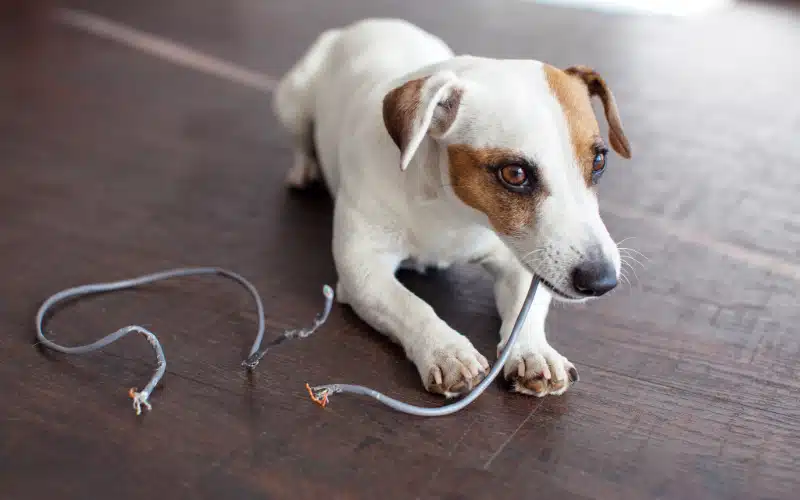
Danger in the Water: Preventing Blue-Green Algae Toxicity in Pets
It may be only April, but warm weather is here – and more is on the way! And if we know anything about Florida pets (and pet parents) it’s that they love to get outside whenever possible. With increased time in and around water, there’s one hazard that we see on the rise at our emergency hospitals: blue-green algae toxicity in dogs. Blooms of blue-green algae can be toxic to dogs, and most exposures can turn fatal, quickly – so we feel it’s extremely important for all pet parents to know what it is and how it can be avoided.
What Is Blue-Green Algae?
The name is a bit misleading, since it is not actually algae, but a bacteria known as cyanobacteria that looks algae-like when it clumps together in bodies of water. The bacteria may appear blue-green, but can also be red or brown. It is most often found in non-flowing fresh water, such as ponds or lakes during hot seasons with little rainfall. Toxic algae can also grow in backyard pools, fountains, and decorative ponds if they aren’t regularly cleaned.
Signs and Symptoms of Blue-Green Algae Poisoning
All animals, including livestock, can suffer from blue-green algae poisoning. Dogs can become sick if they drink water from contaminated sources, or if they lick water off their paws or coats after swimming in contaminated water.
Blue-green algae can produce liver toxins, central nervous system toxins, or skin toxins. Signs and symptoms depend on the type of toxin ingested.
Signs of liver toxicity:
- Weakness
- Lethargy
- Lack of appetite
- Vomiting
- Diarrhea
- Tarry, dark stool
- Jaundice (yellow tint to skin or gums)
- Pale gums
- Seizures
- Collapse
Liver failure can occur within hours of ingesting blue-green algae, and fatalities may occur within 12-24 hours.
Signs of nervous system toxicity:
- Weakness or inability to walk
- Muscle tremors
- Rigidity
- Bluish or pale gums
- Trouble breathing
- Seizures
- Collapse
Signs of central nervous system toxicity can occur within 30-60 minutes of ingestion, and death can occur in minutes to hours after exposure.
Skin toxins can cause itching, redness and skin blisters within hours of contact. These signs are not fatal, but they are very uncomfortable for the pet and can take weeks to resolve.
How to Avoid Blue-Green Algae
Because of the extreme danger blue-green algae can cause your pet, prevention is key to keeping them safe. It’s impossible to tell if an algae bloom is toxic without specific lab testing, so it’s safest to avoid any standing water sources altogether.
- Block access to pools, ponds, or lakes on your property that might contain blooms of blue-green algae
- Prevent your dog from swimming in water that may be contaminated
- Rinse your dog off with clean water immediately if they come in contact with blue-green algae
- Remove standing water from backyard fishponds, birdbaths, planters, and fountains
- Provide fresh water sources for all animals from regularly cleaned bowls
If you suspect your dog has come in contact with blue-green algae, seek veterinary care immediately. If caught early enough, a veterinarian might be able to flush the toxins before fatal damage can occur. The team at Animal Emergency Hospital at Volusia is standing by, ready to help 24/7/365. Our sister hospital, Animal Emergency Hospital DeLand is open nights, weekends, and holidays. Give us a call with any questions or concerns.



